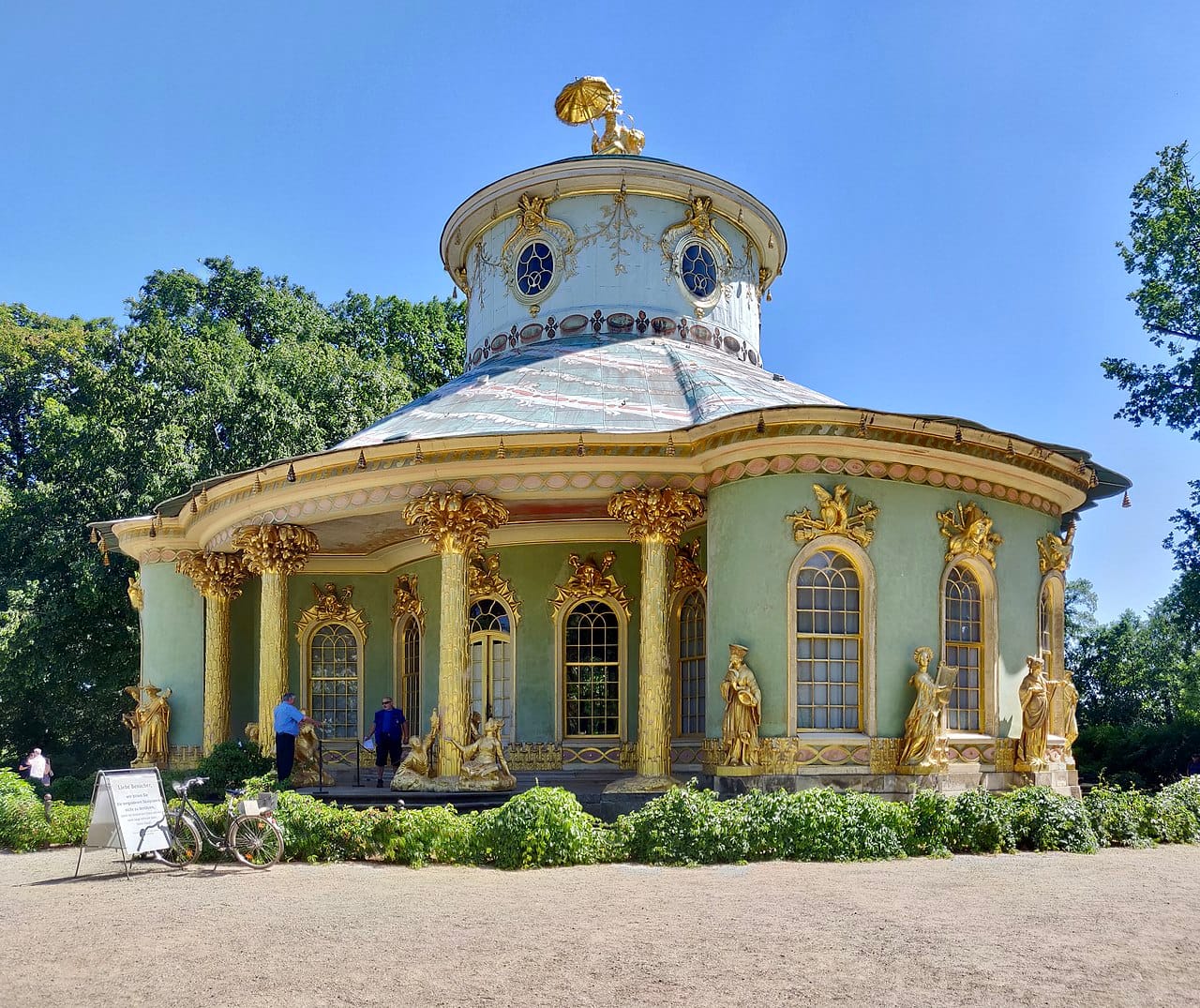Sanssouci
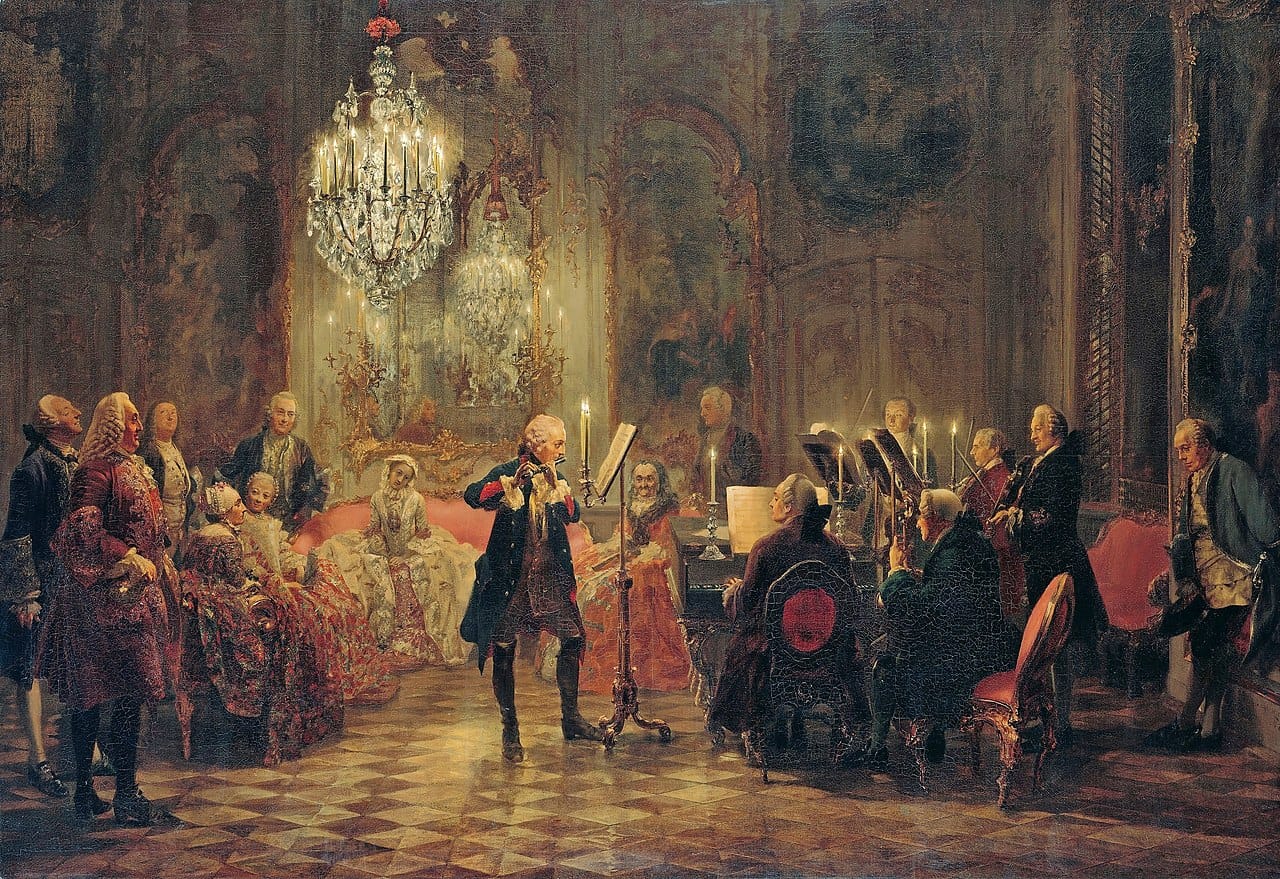
Voltaire wrote the bawdy poem The Maid of Orleans (La Pucelle d'Orléans) initially in 1730 and it was instantly popular. But, by 1740, there were hundreds of varying versions in circulation. Maybe it appealed to Frederick the Great? Voltaire spent a lot of his time after that in Frederick's Schloss Sanssouci palace at Potsdam, near Berlin.
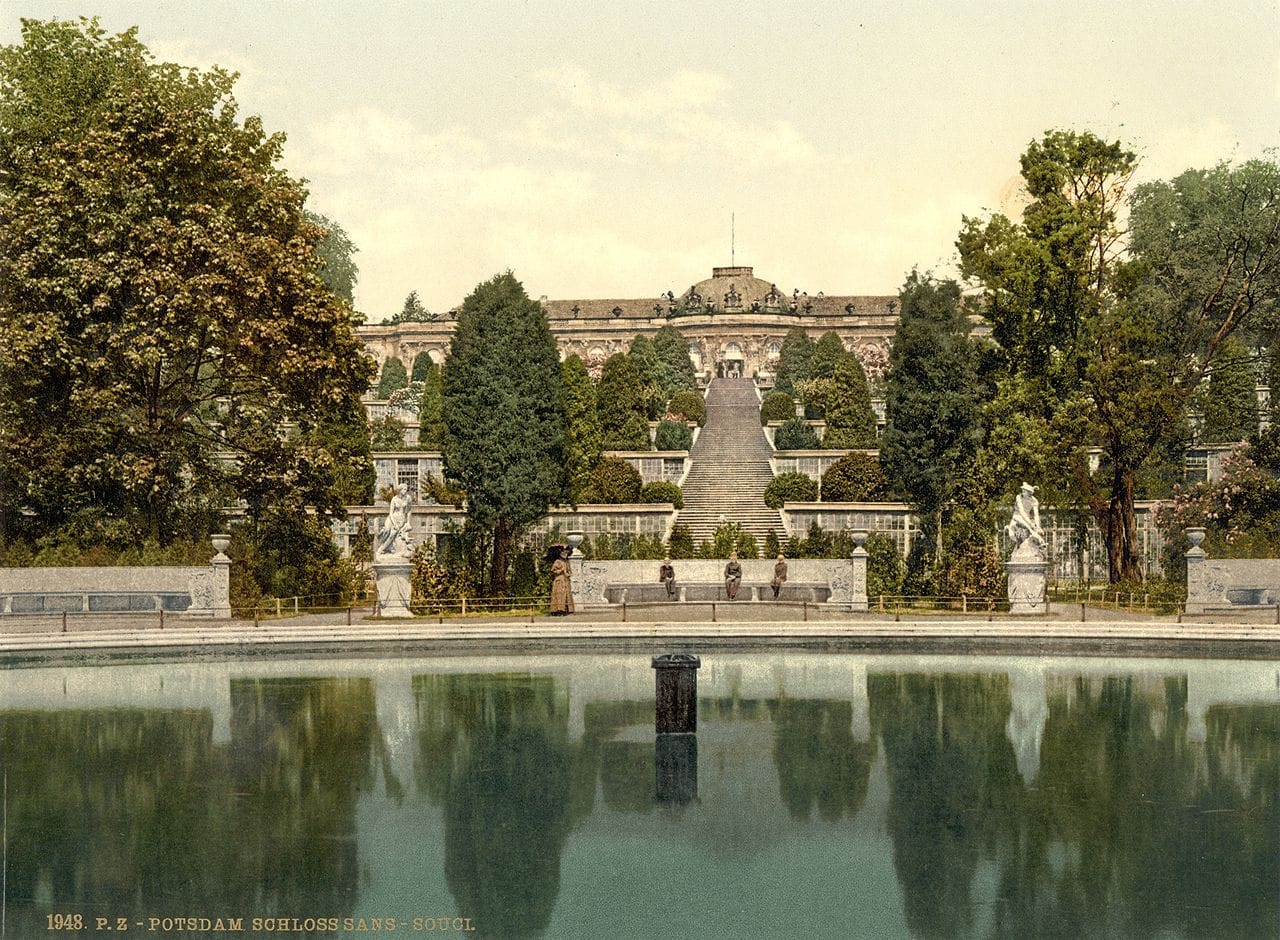
The postcard above shows Sanssouci Palace around 1900. Sanssouci was Frederick's summer palace, which he always preferred over the winter palace, Stadtschloss, in central Berlin (the latter was bombed out of existence in World War II). He died at Sanssouci in 1786 but his casket subsequently was moved around until 1991 when he was finally returned to Sanssouci after German unification. Below, the view today.
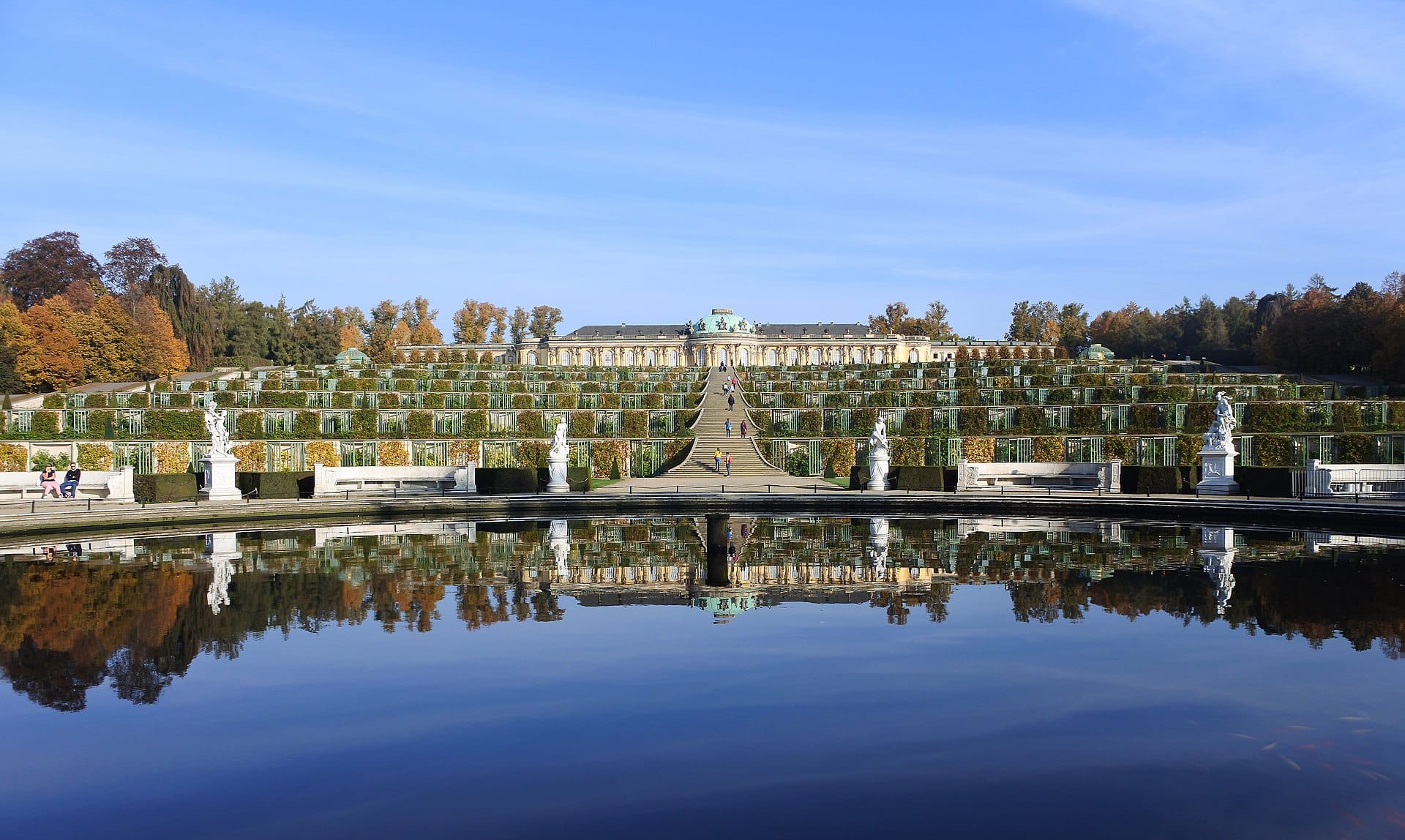
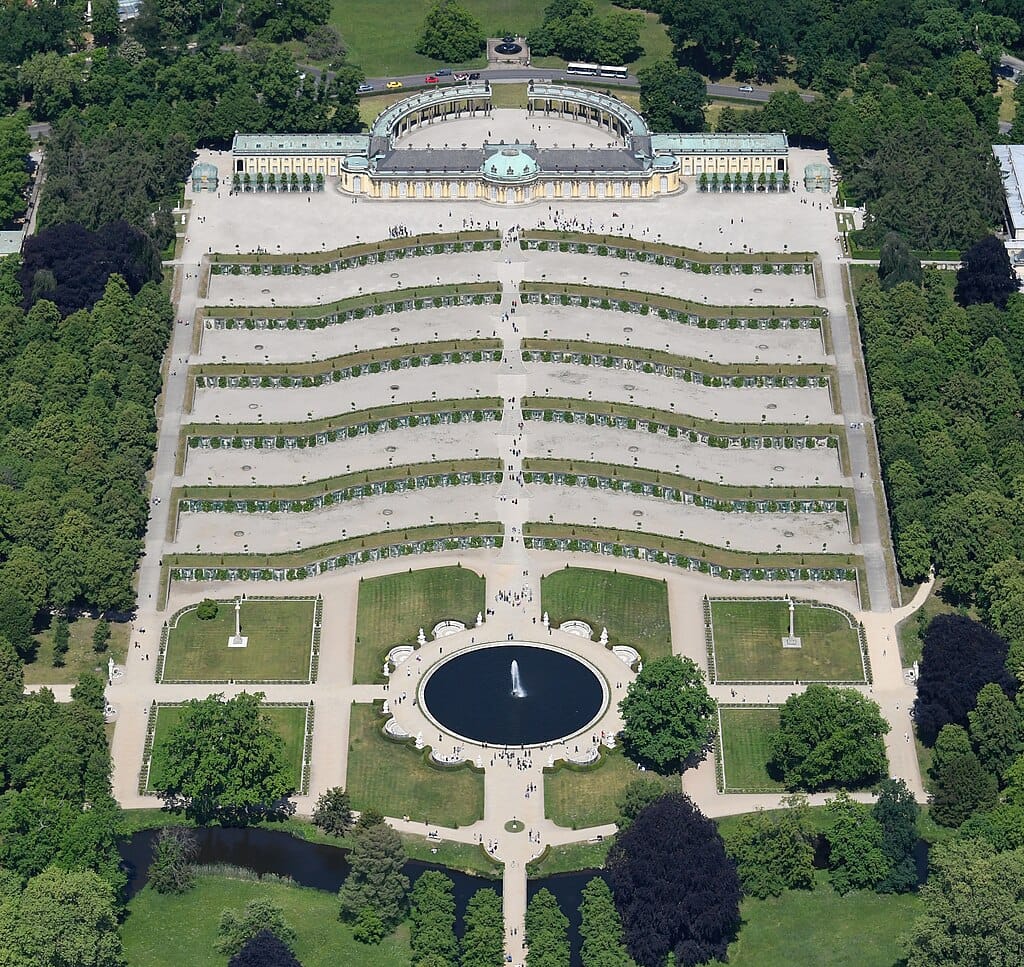
Getting water from the nearby Havel River to this fountain was a failure at first. They finally were successful in the 1840's when a steam pumping house, the Dampfmaschinenhaus, shown below, was built in the style of a Turkish mosque complete with minaret. Nowadays it seems a bit forlorn, stuck amid modern Potsdam, separate from Sanssouci.
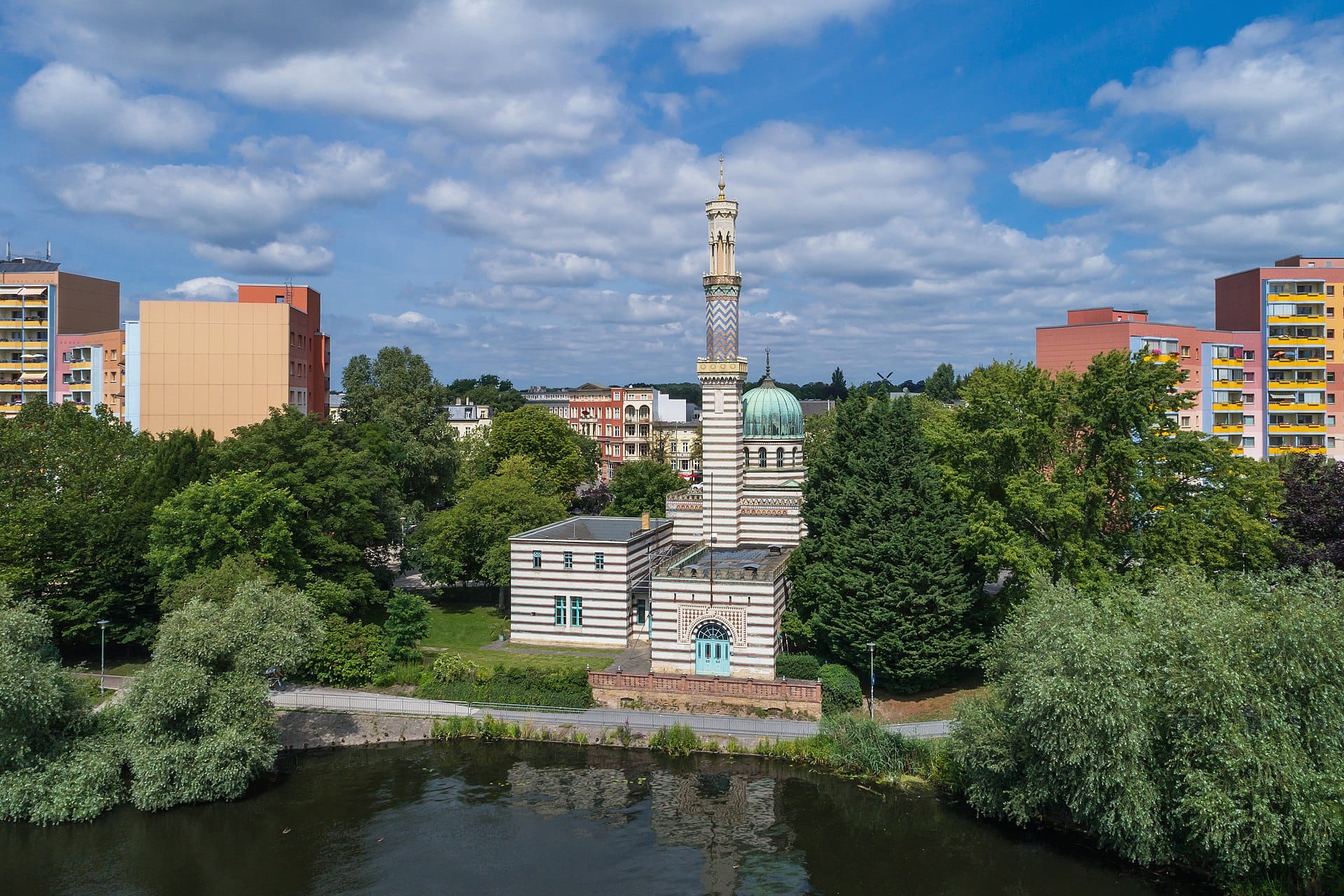
Below is one of the other highlights of Sanssouci - the Chinese House (Chinesisches Haus). Stylistically, Chinoiserie meets Rococo. There were similar efforts at the time, by Catherine the Great at Tsarskoye Selo near St. Petersburg, by the Swedish royal family at Drottningholm Palace in Stockholm and with the pagoda in London's Kew Gardens.
